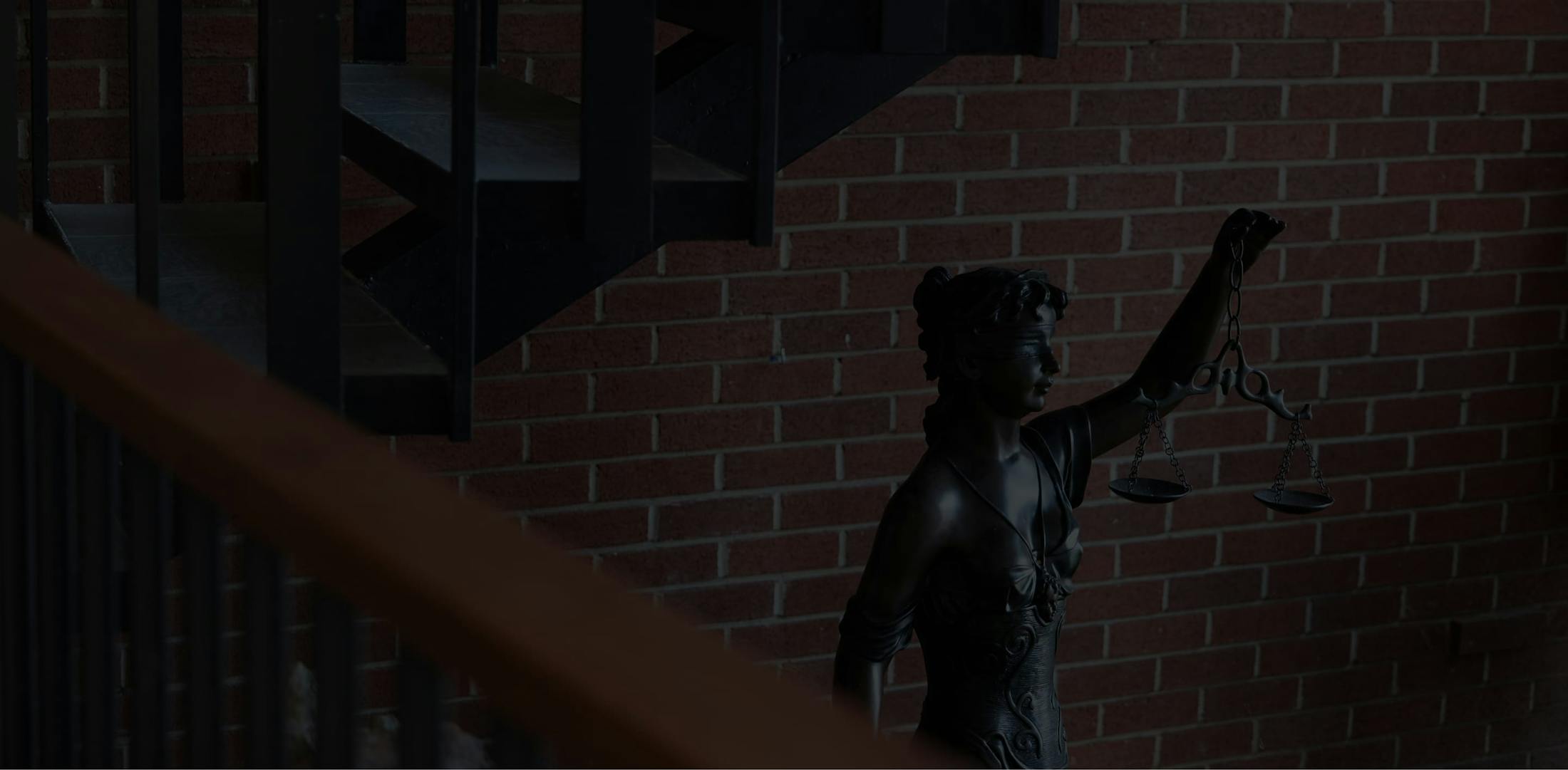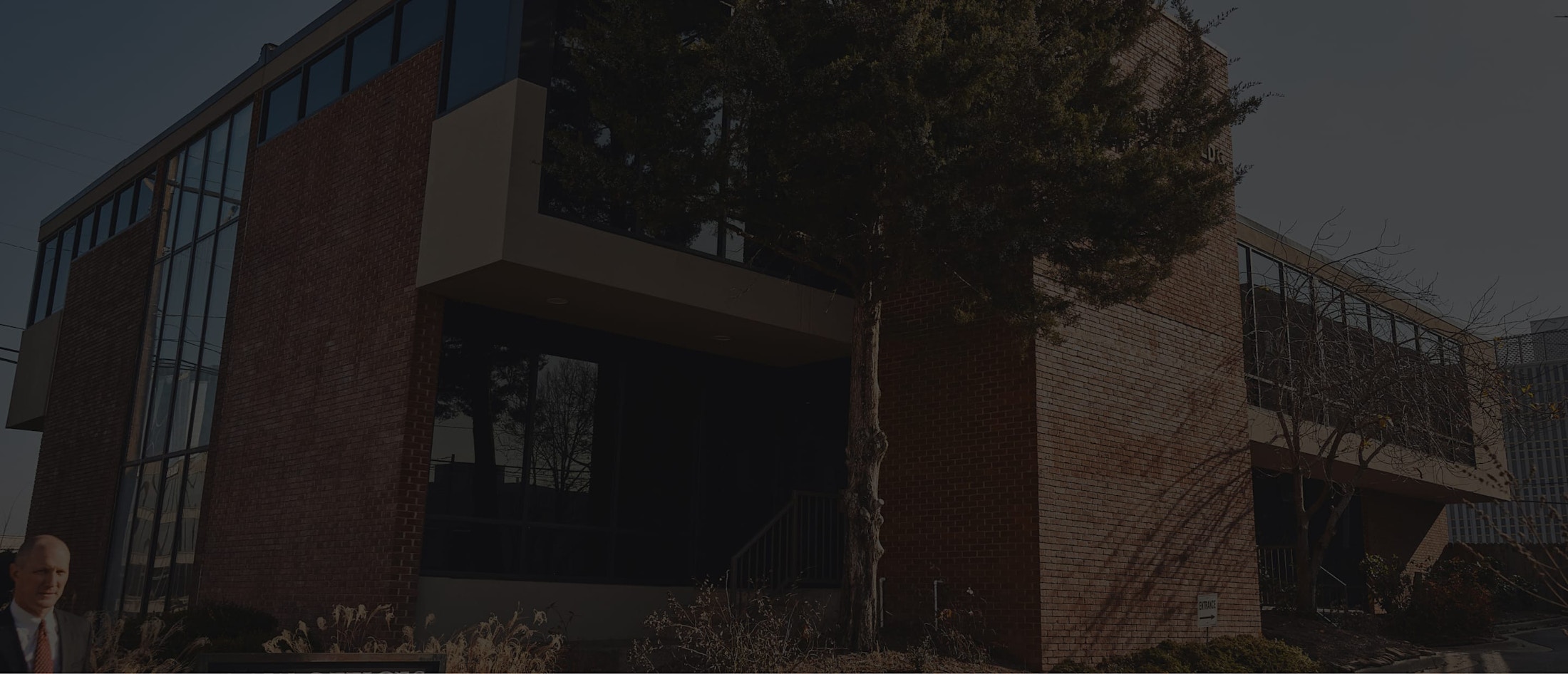Roadway hazards may be visible to attentive drivers, which provides drivers with the opportunity to try to avoid a collision. Some hazards, however, can appear without any warning or notice. These hazards are often related directly to vehicular defects. With most U.S. workers using cars to commute to work, it’s imperative for all vehicles to be in tip-top shape. While responsible drivers follow a proper maintenance schedule, there’s little a driver can do if their car experiences the consequences of a tire, wheel, or other defect.
Additional Reasons Tires Fail
While tire or wheel failure is often a result of mounting or manufacturing errors, there are other reasons these failures occur:
- Under inflation
- Overinflation
- Overloading
- Excessive speed
- General wear and tear
- Inclement weather or other road hazards




